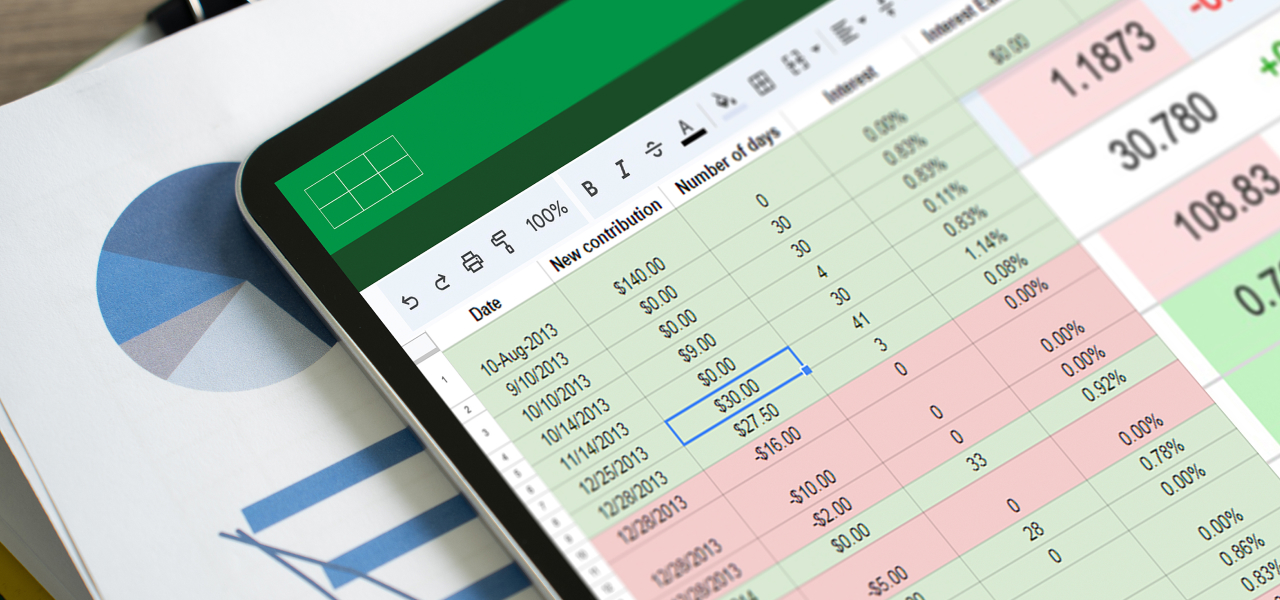Finance teams sometimes face a long night’s work when they realize a single slip in data classification has thrown off the entire close. FundCount’s new release lightens that burden by refining how partner transactions are imported and by introducing a tool that automatically compares records with external bank and credit card sources. The enhancements reduce the usual frantic checks that happen late in the month when every minute feels precious. They also give accountants and investment managers a clearer view of the numbers that matter most.
Upgraded imports help prevent the confusion that sets in when users can select every type of account under the sun. The recent update now accepts the General Ledger ID for asset and liability accounts only. Studies from BlackLine highlight that up to 70 percent of accountants’ time is spent on manual data entry or error correction.

This update insists on the right accounts at the start, which means fewer updates later and fewer reclassifications just before the close. Market data integration has also received some care. FundCount now ties into services like Twelve Data, a shift that’s valuable for those juggling numerous asset classes or securities. A Deloitte study of private funds found that unclear or inconsistent market data triggers a surprising share of misstatements. The new interface offers a chance to lock in reliable numbers without chasing them through multiple spreadsheets. Excel’s ROUND function can still be applied for folks who prefer controlling the decimal display before uploading prices.
A Fresh Approach to Automated Reconciliation
The new reconciliation tool aims to relieve that familiar sense of dread when the bank statement finally arrives. A 2022 Trintech report noted how large organizations can spend nearly half the month closing their books, often due to manual reconciliation. FundCount’s latest release helps by matching your ledger data against accounts fed in from Plaid. It flags transactions that don’t line up, which means no more sifting through rows of raw data to pinpoint the one item that went missing. Family offices often juggle multiple banks and credit cards, and they stand to benefit from a structure that links everything to one set of FundCount records. It’s possible to adapt this tool for other data feeds or CSV imports. That adaptability is good news for offices scattered across continents. 
The system handles journal entries for credit card spending. An accountant no longer has to grab monthly statements and manually track them in a separate spreadsheet. Those same entries flow through FundCount in a way that slots expenses into the right ledger. The changes aim to limit that end-of-month push to reconcile everything all at once. They offer finance professionals a little more room to focus on the deeper analysis and planning that shape strategic decisions. They also promise a smoother path to more accurate books each cycle.








